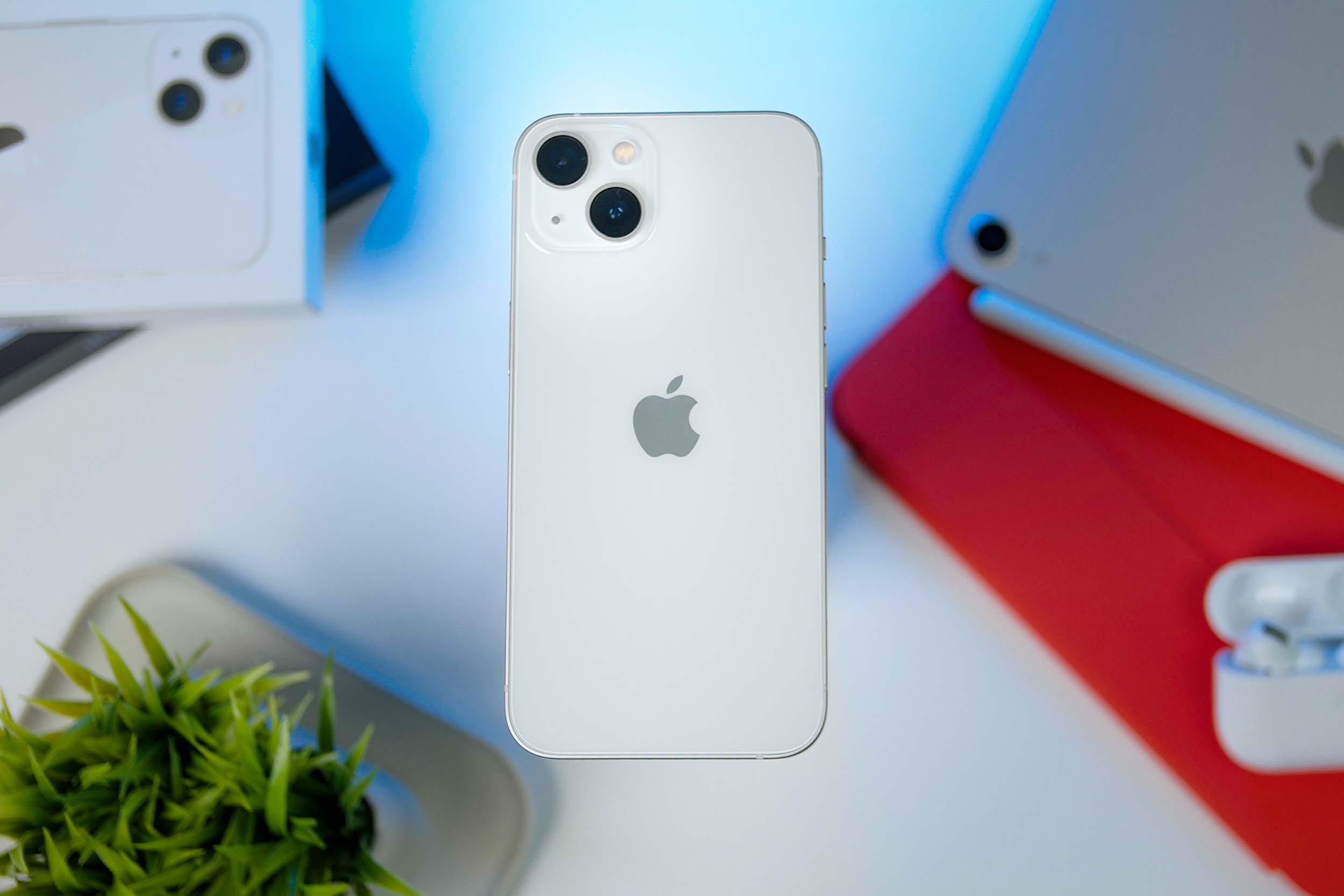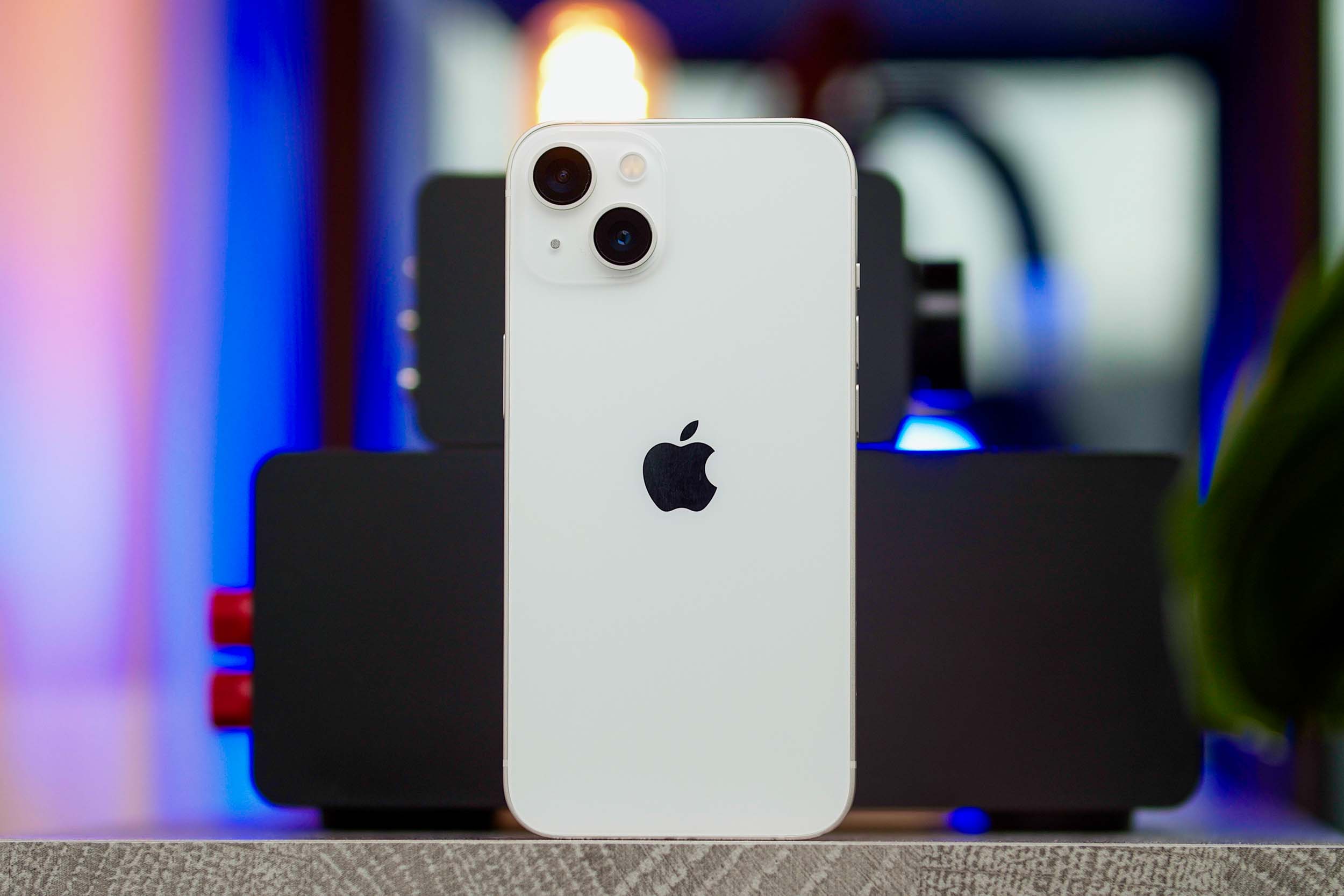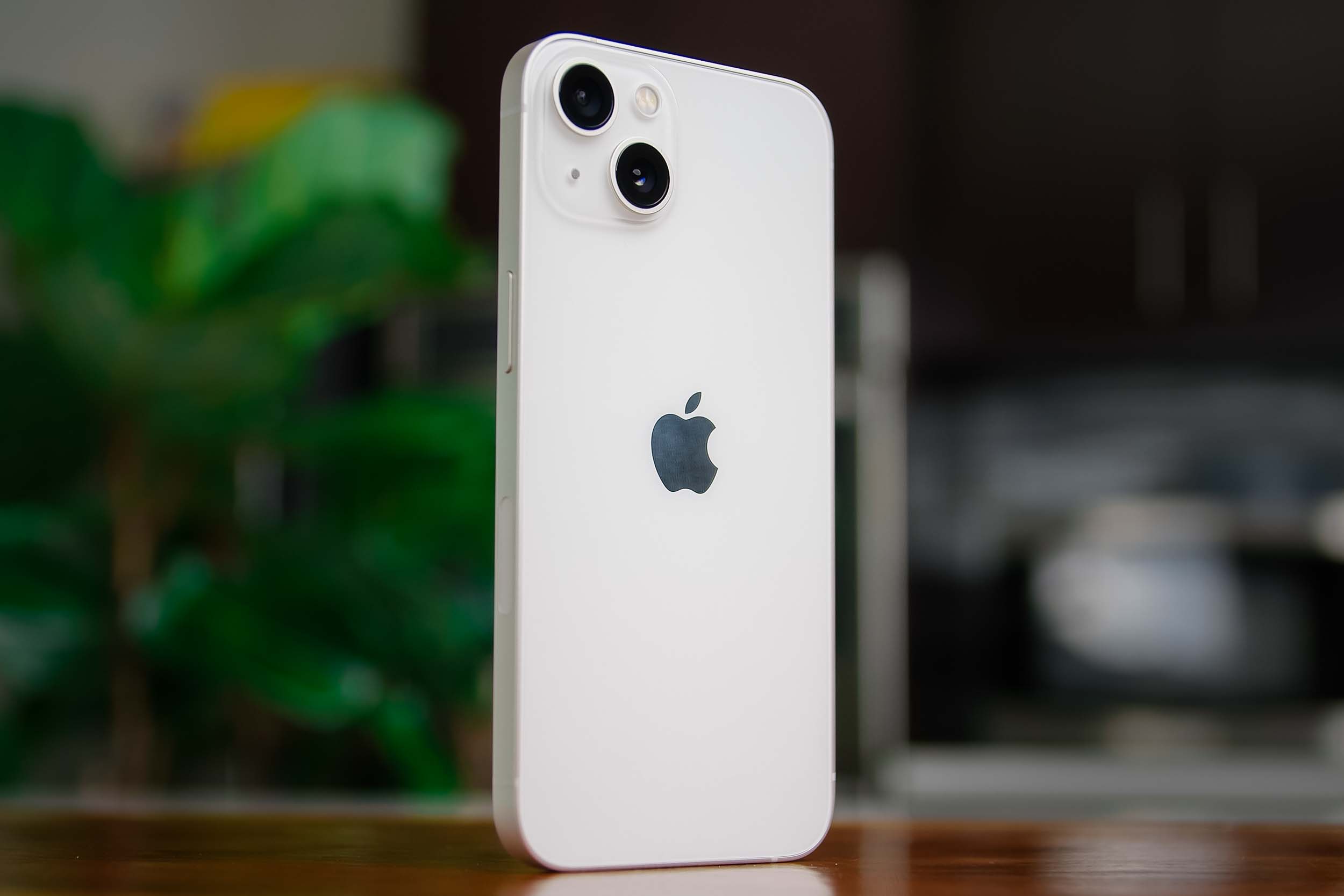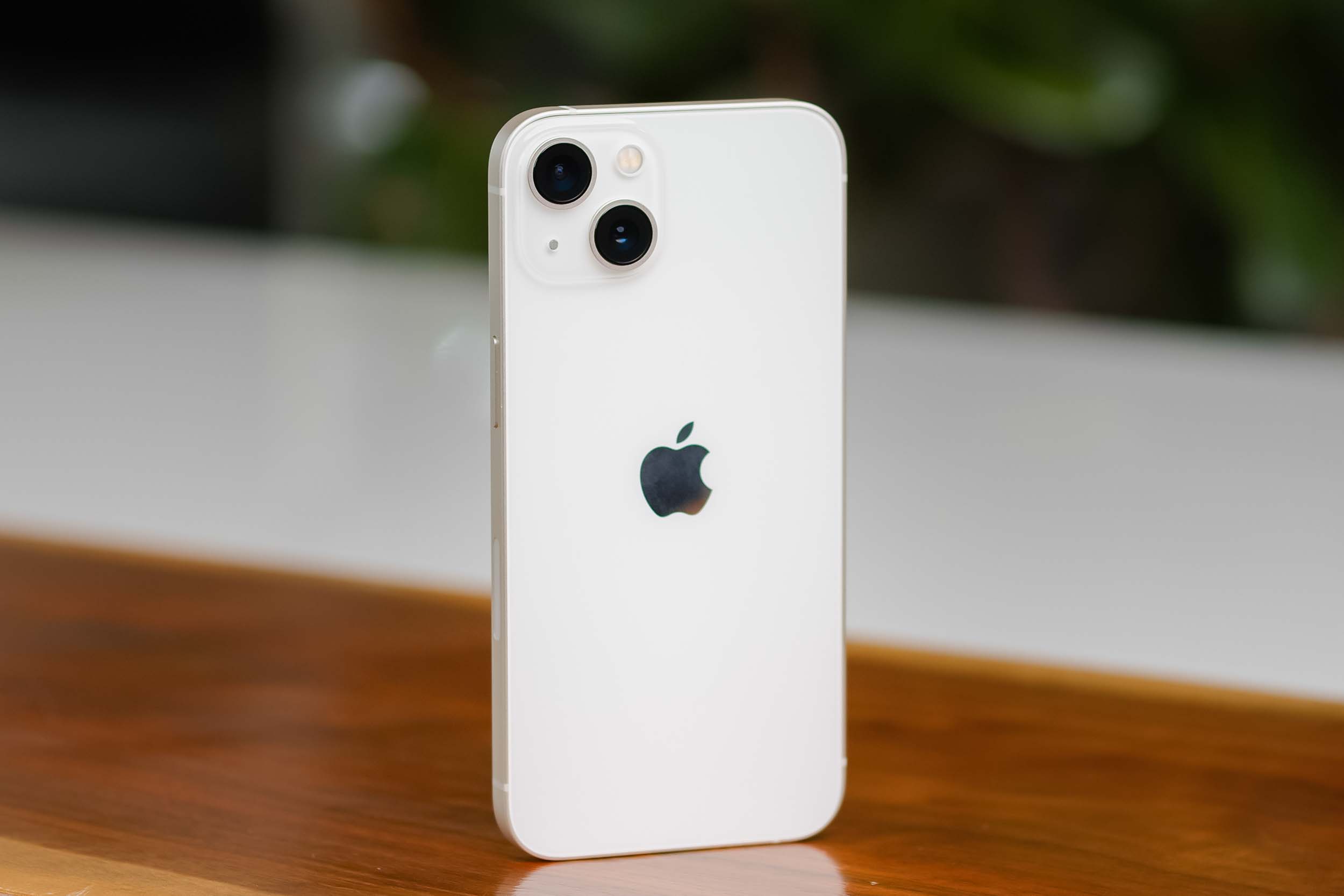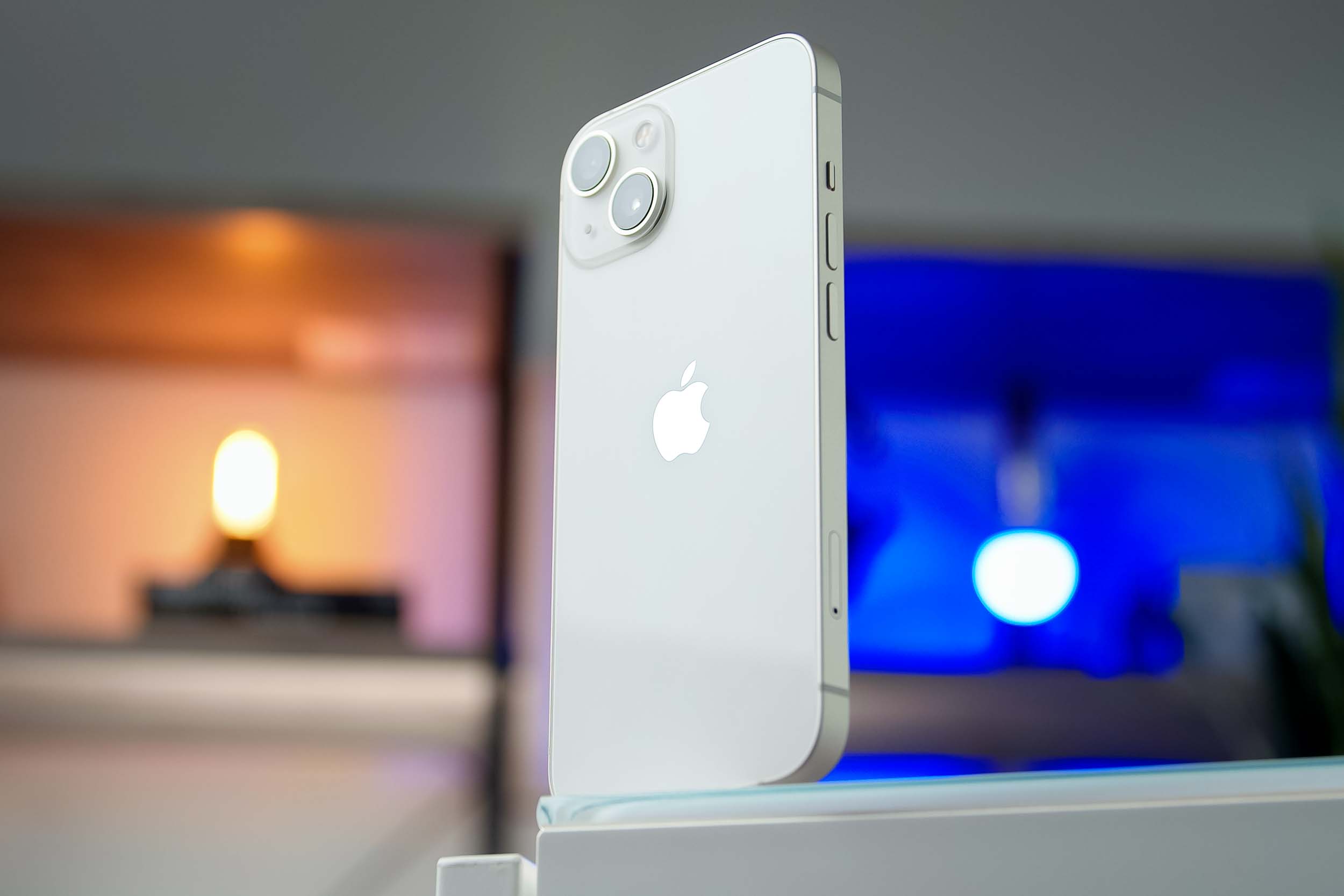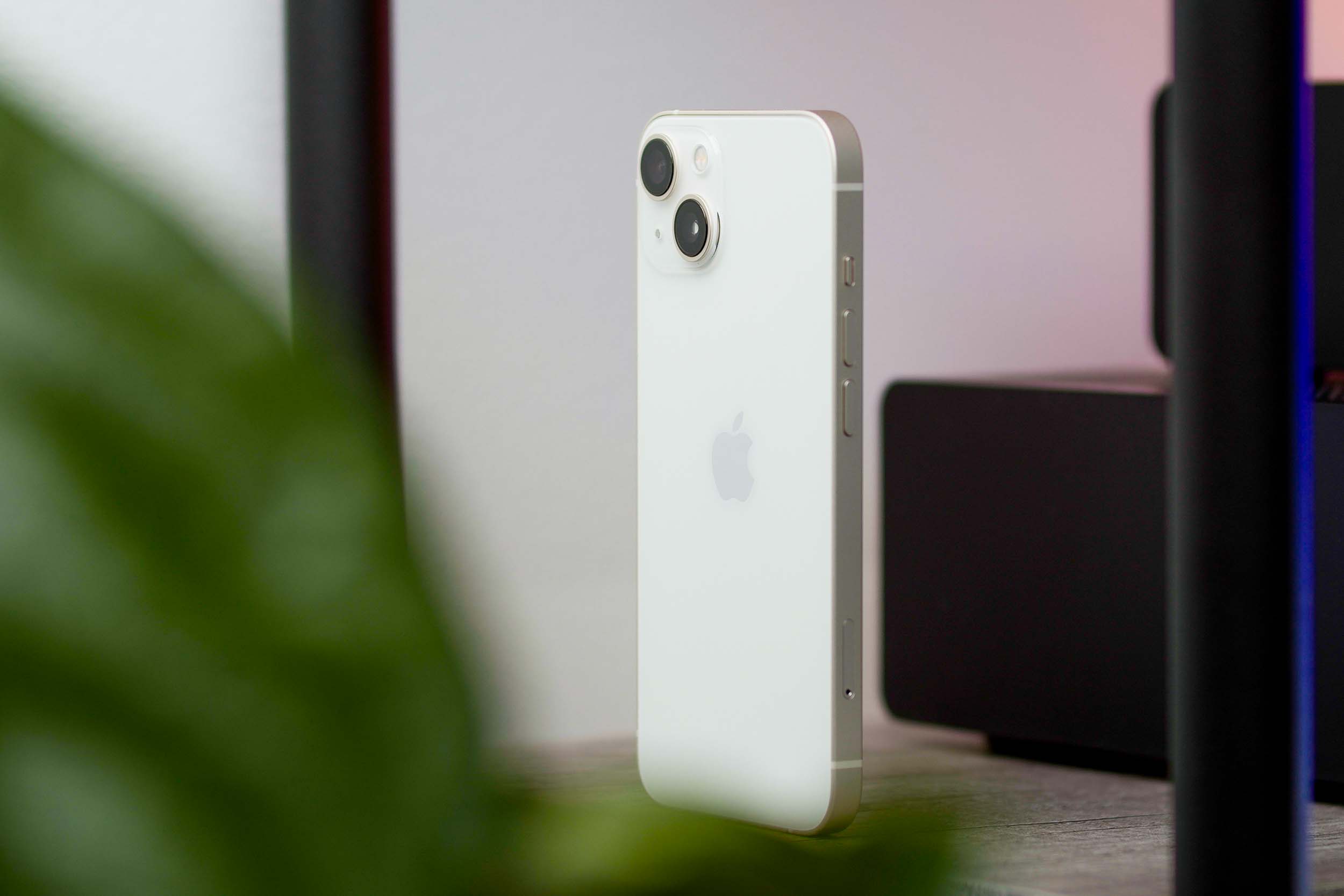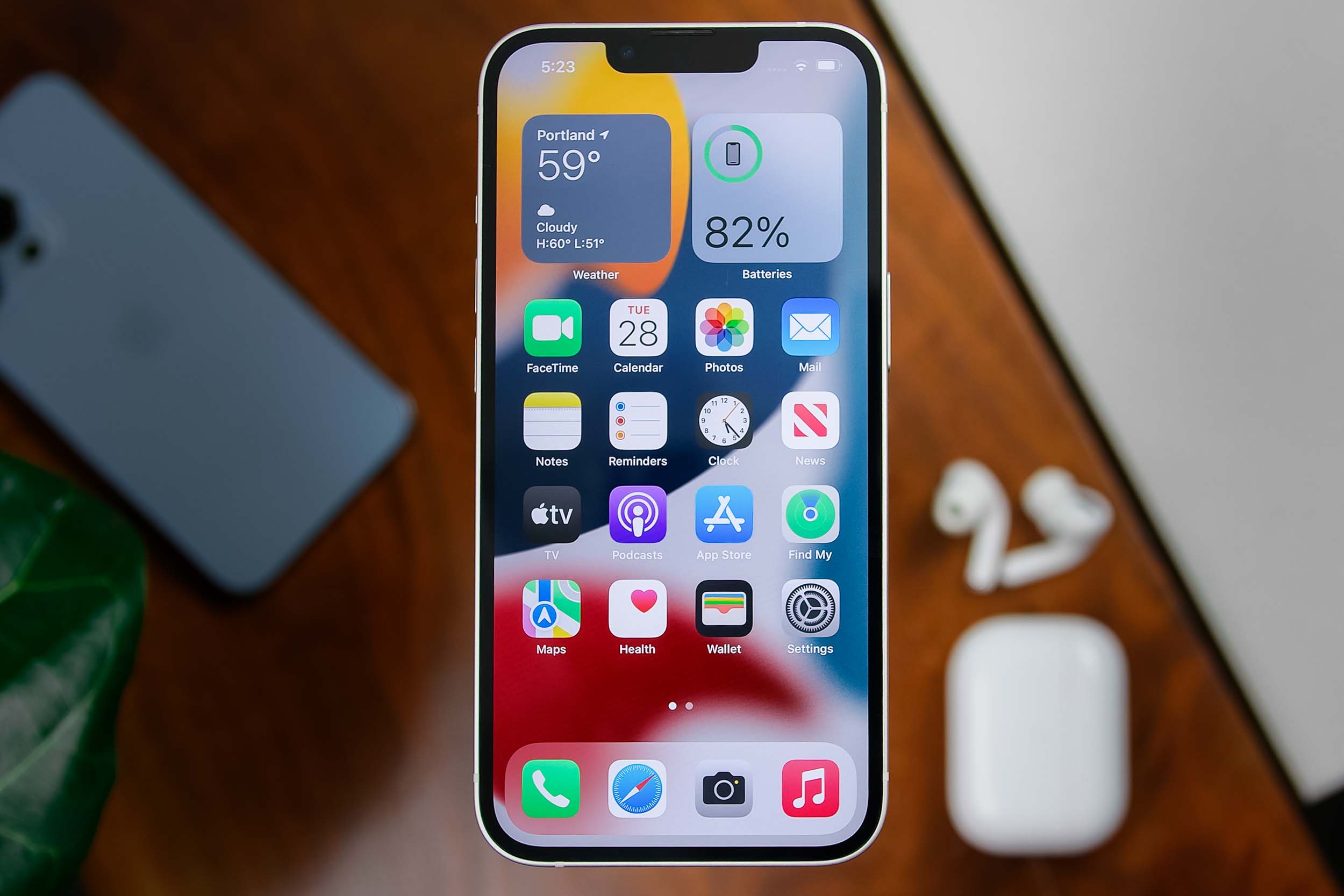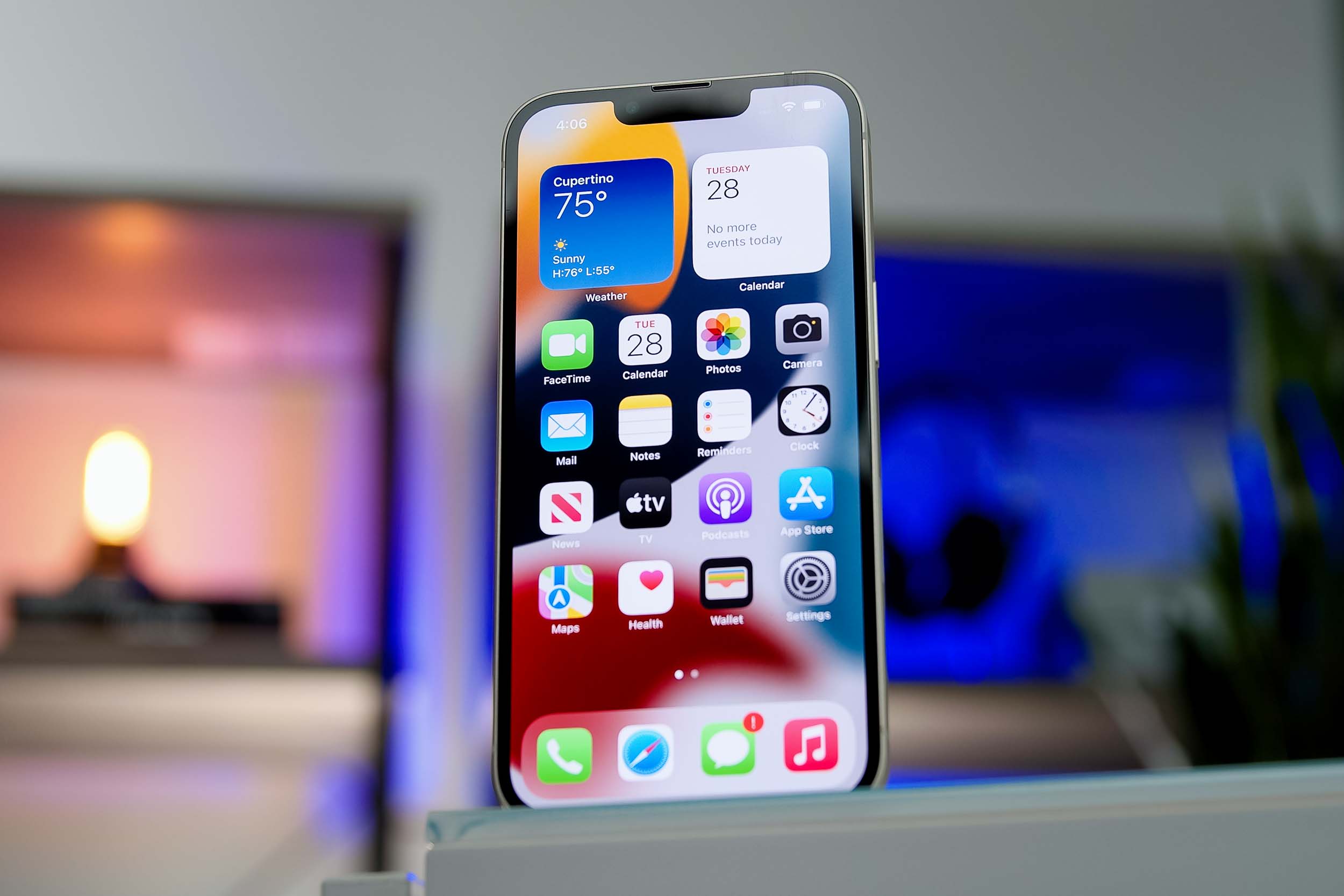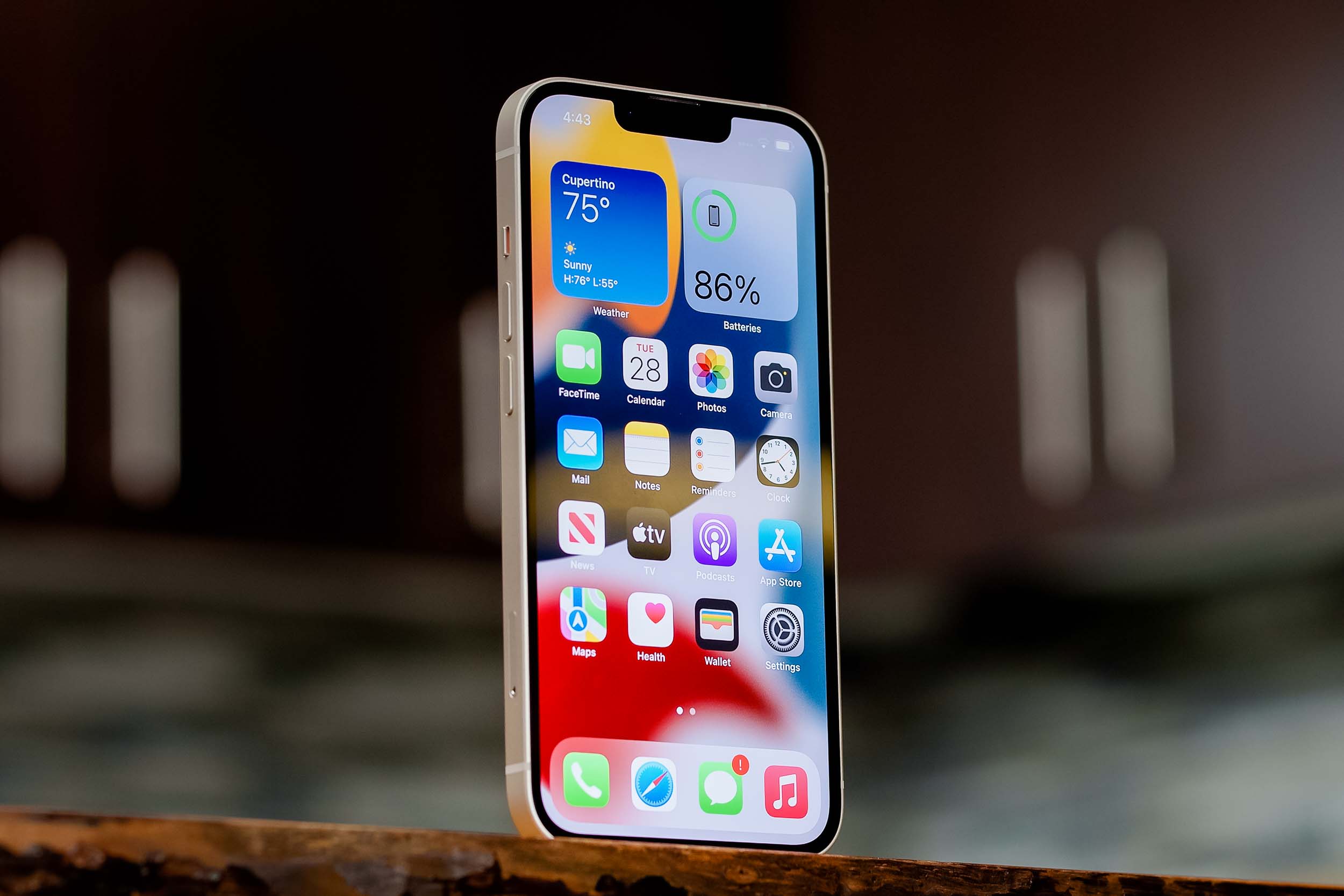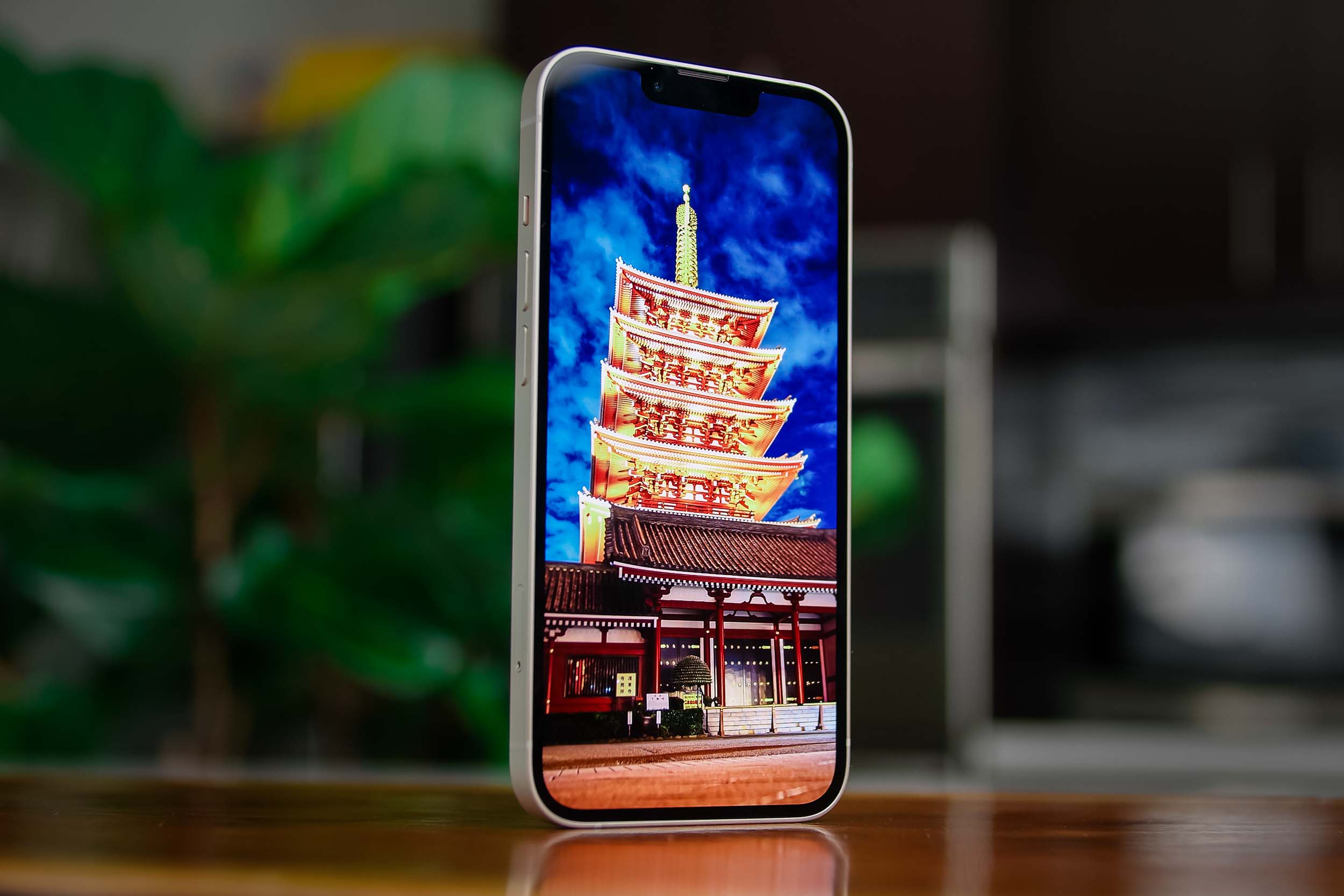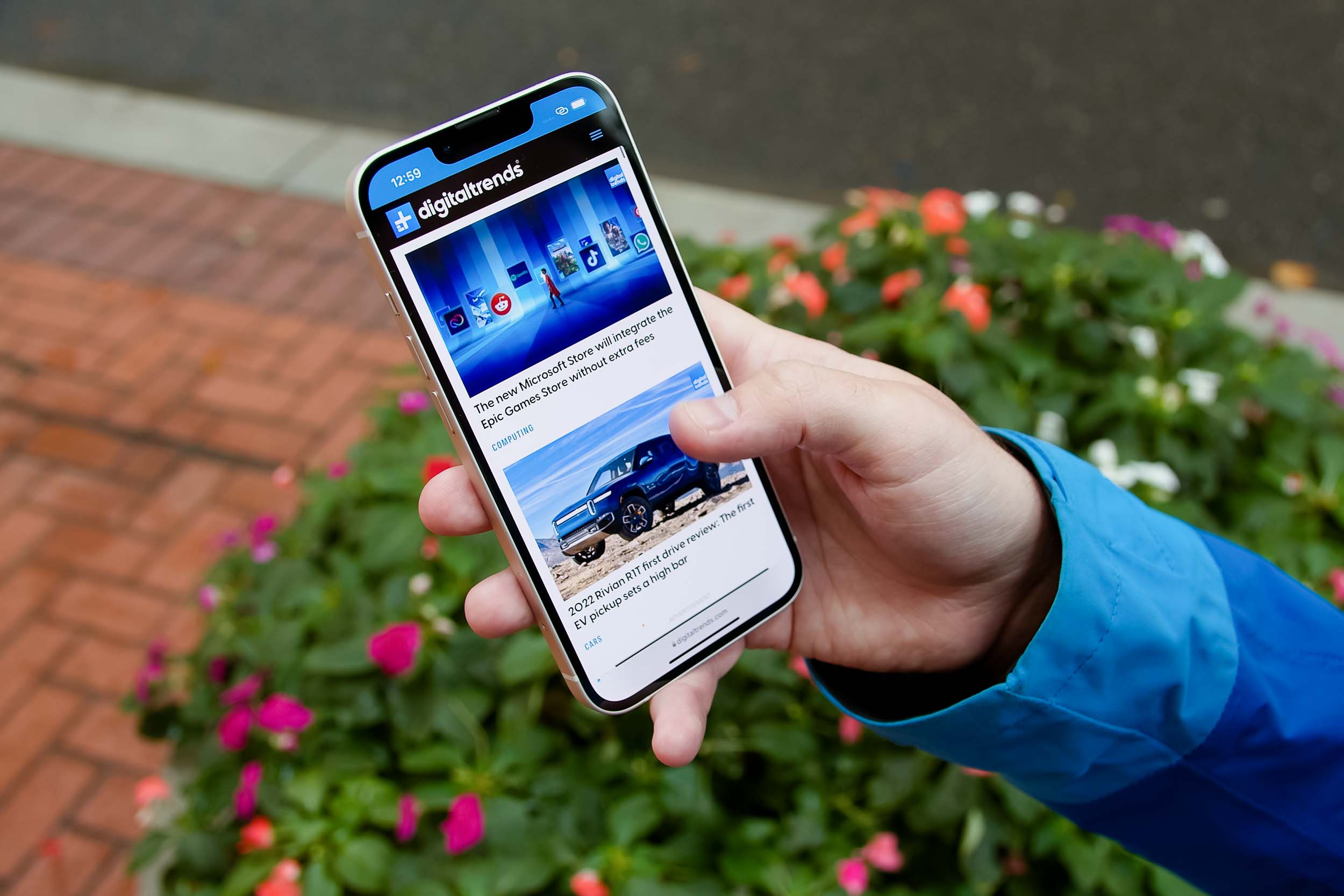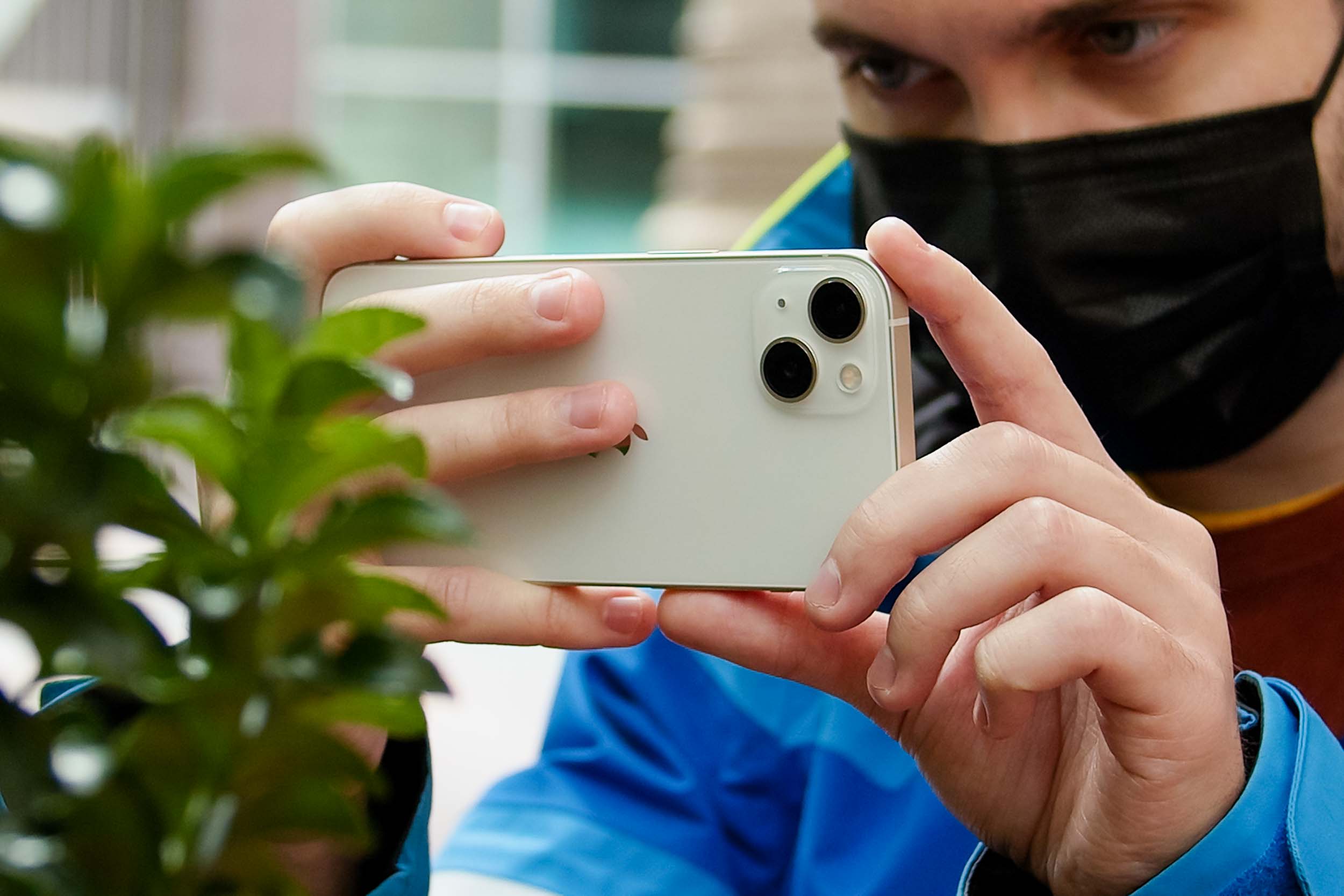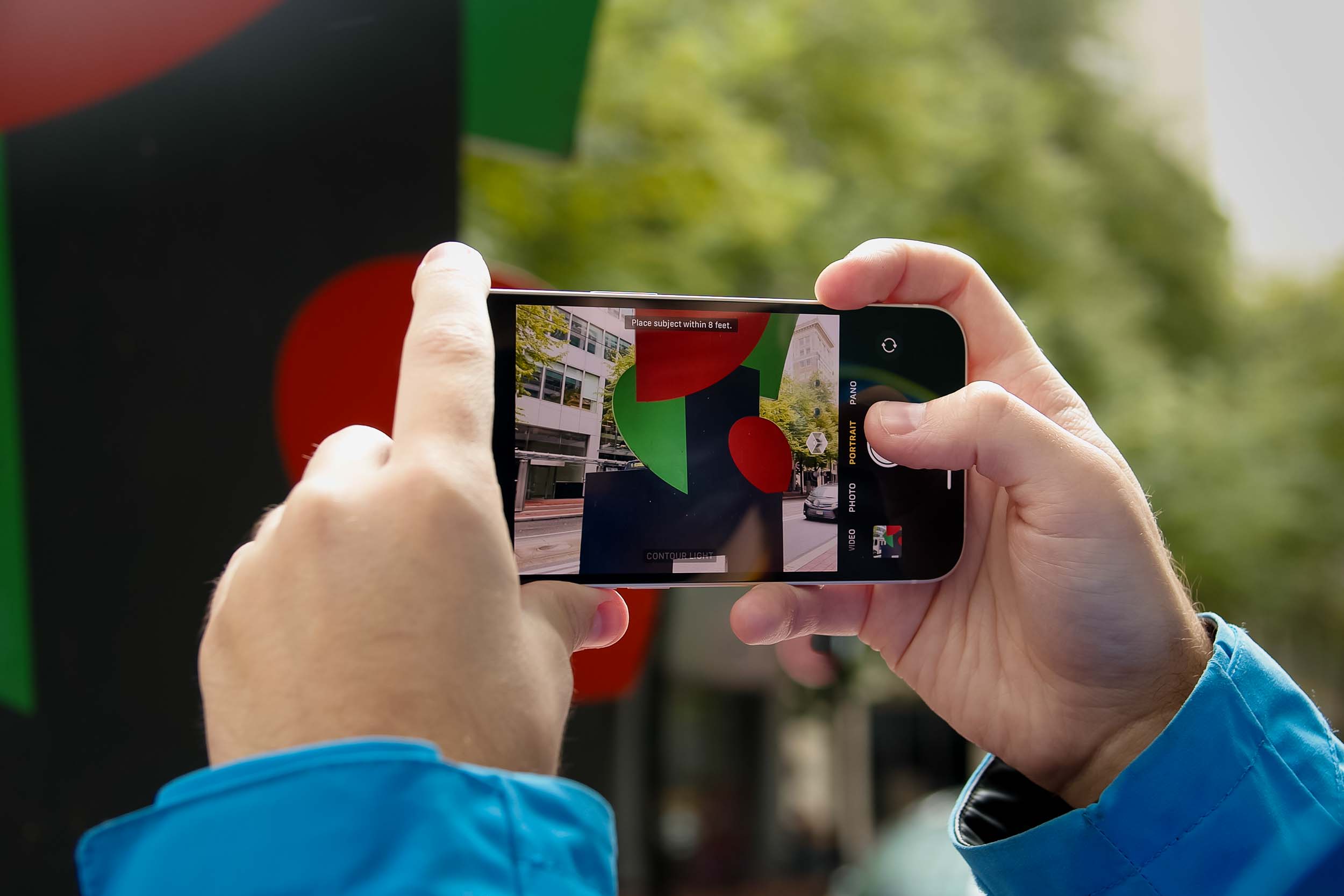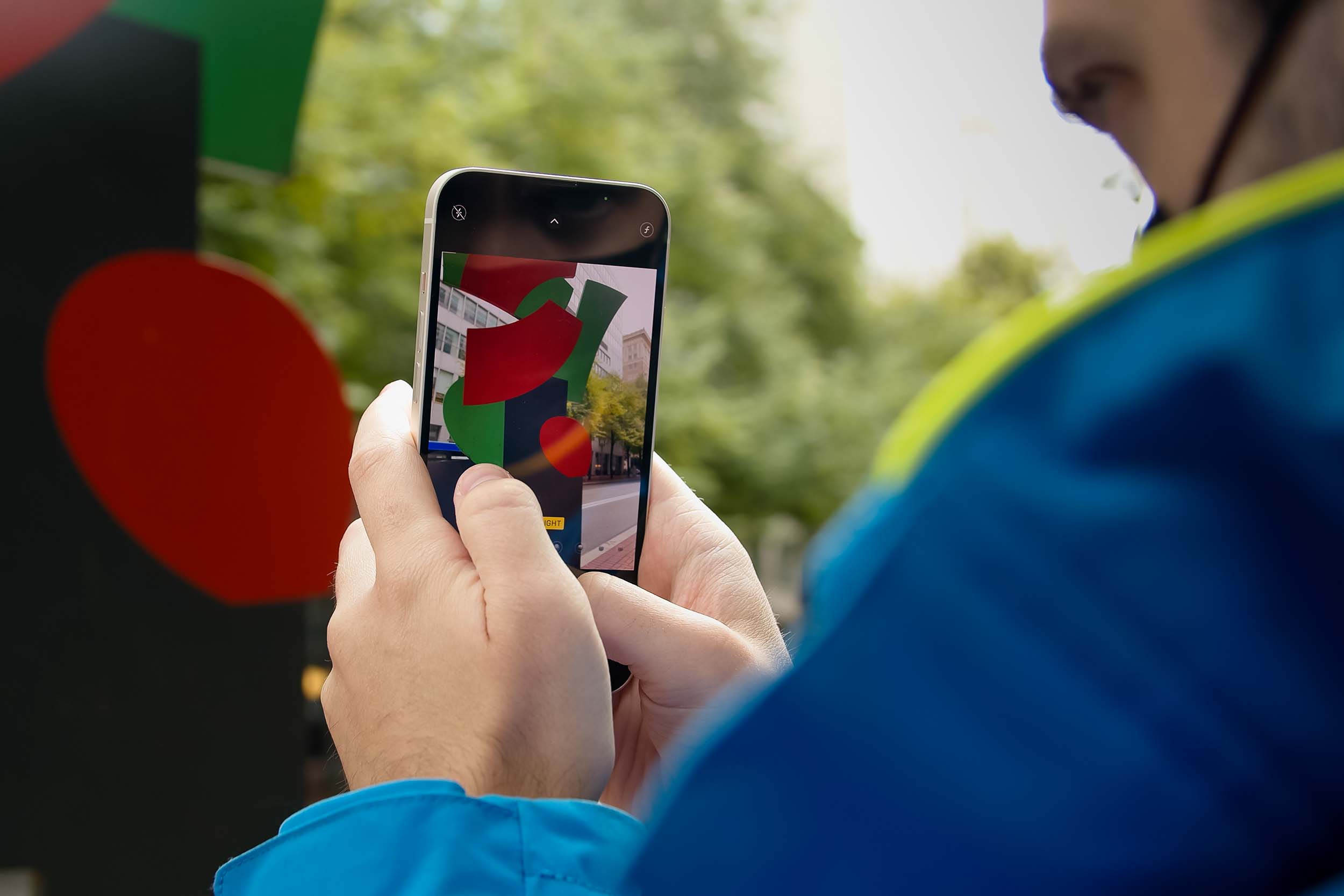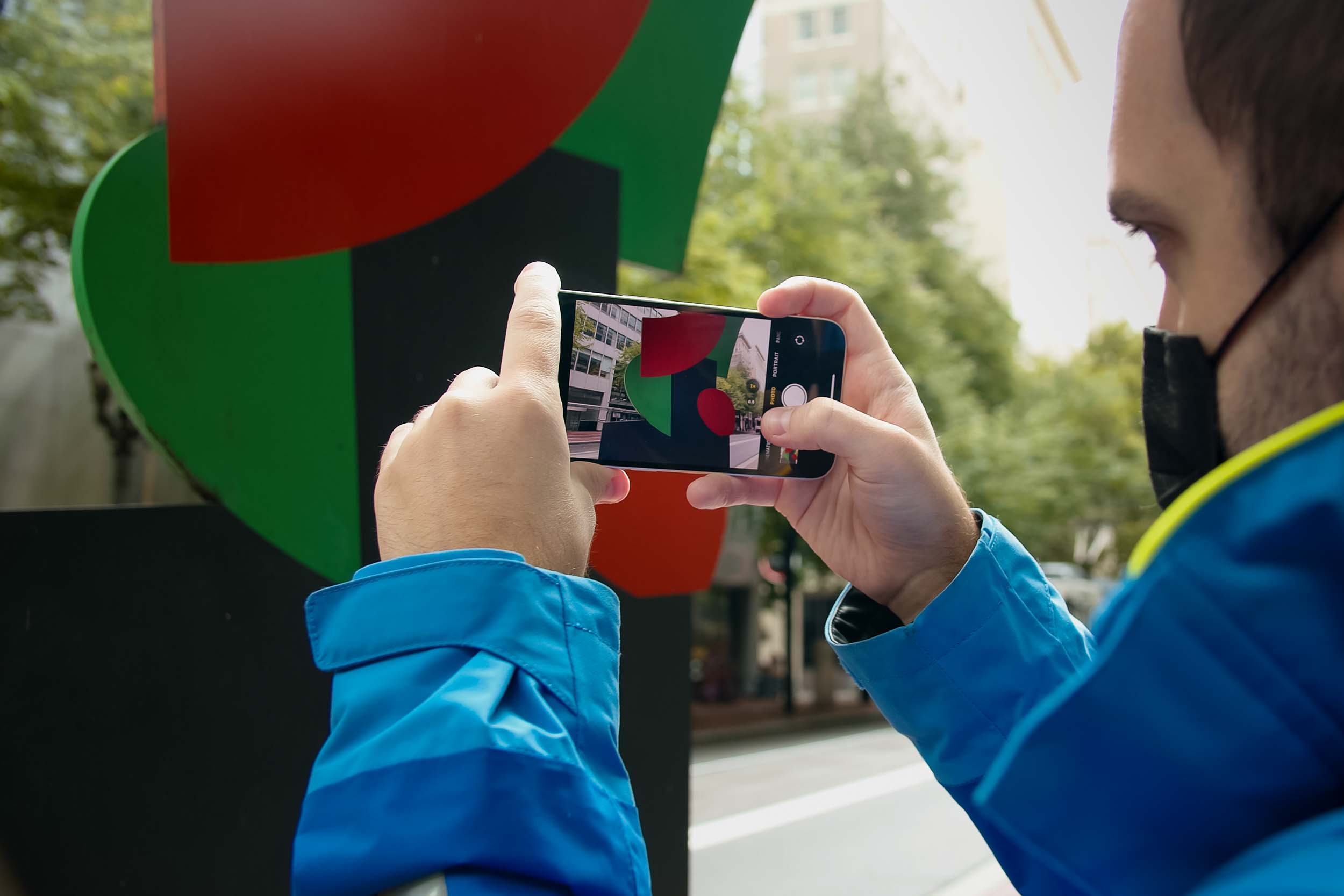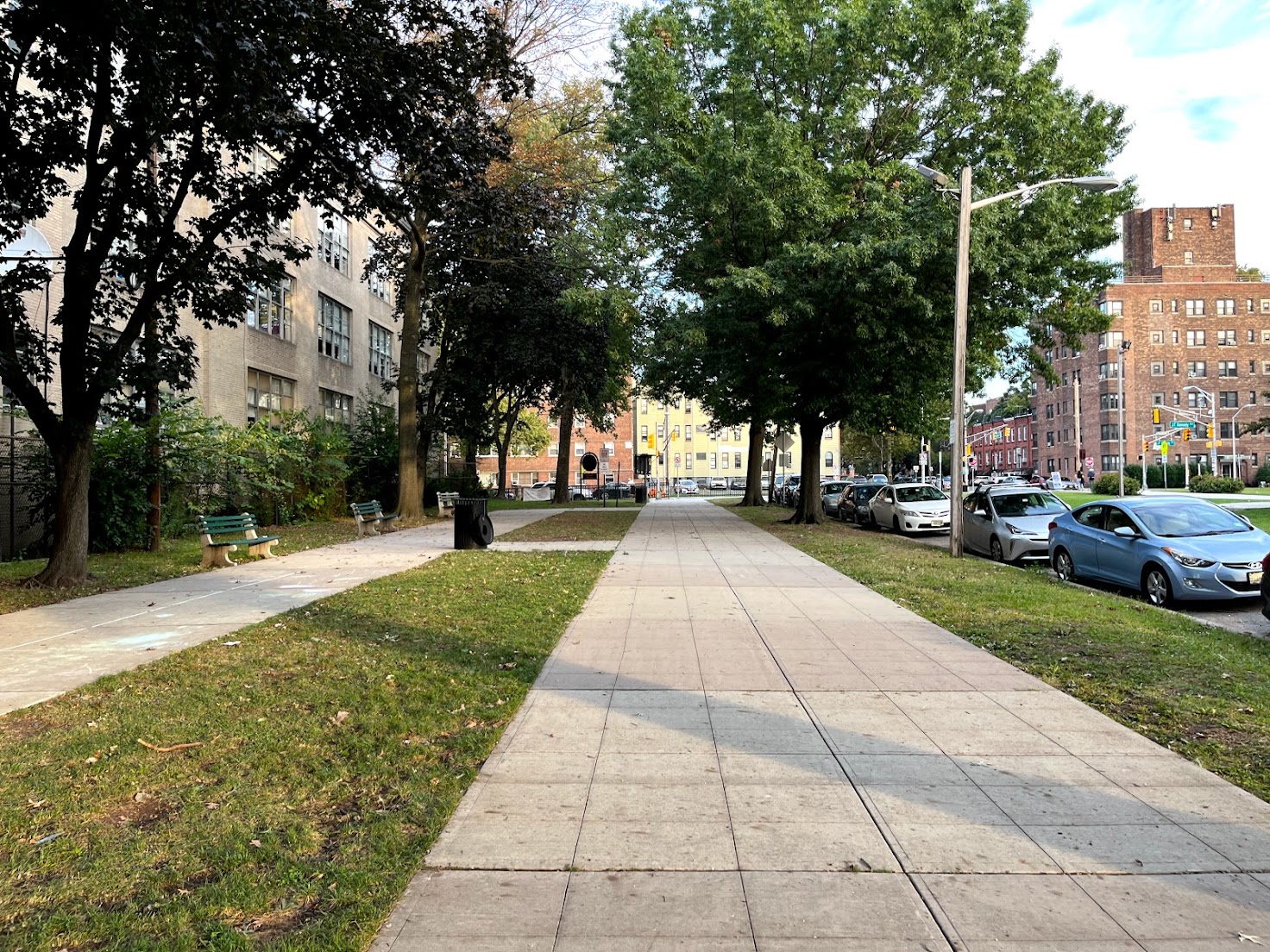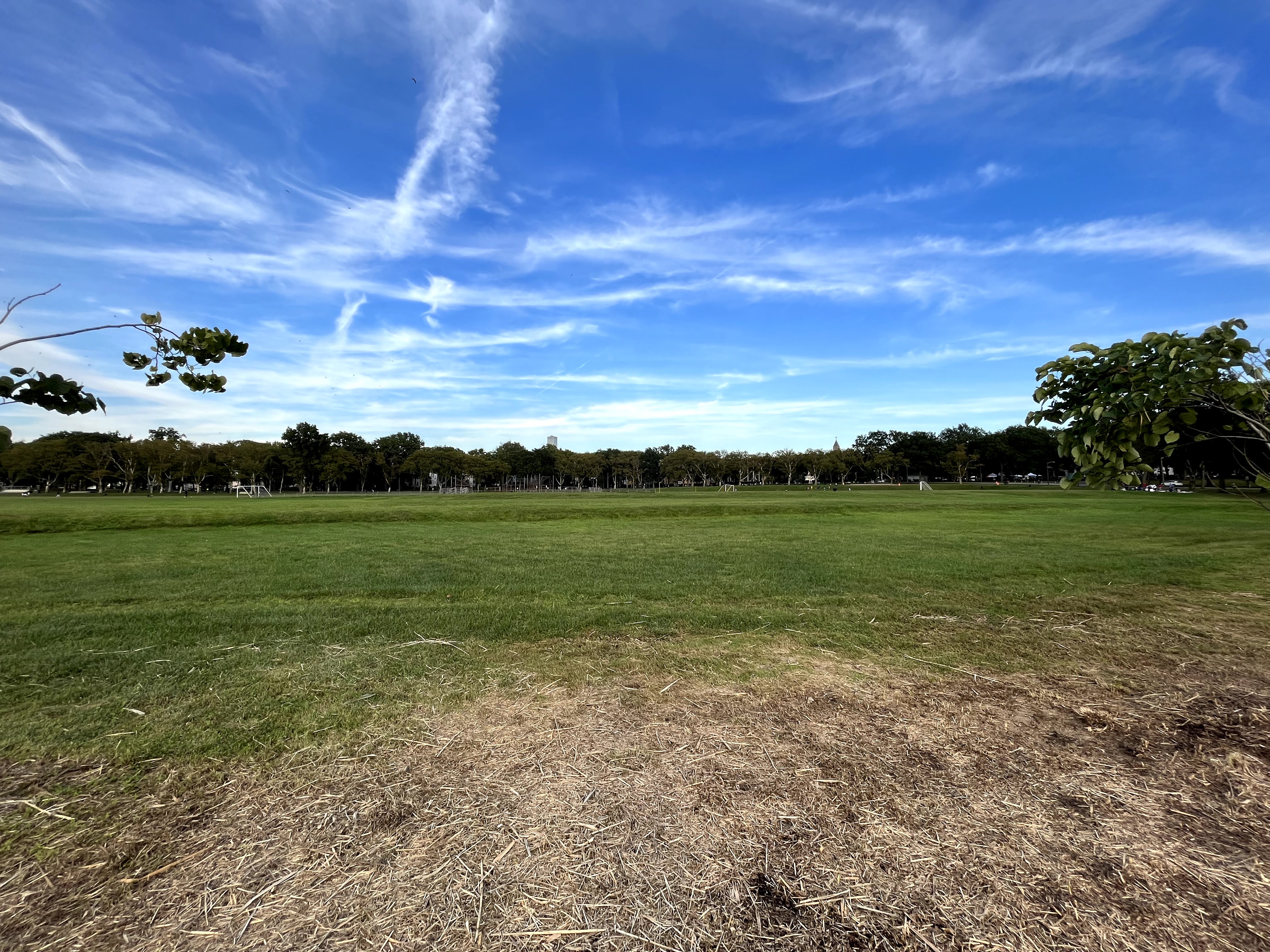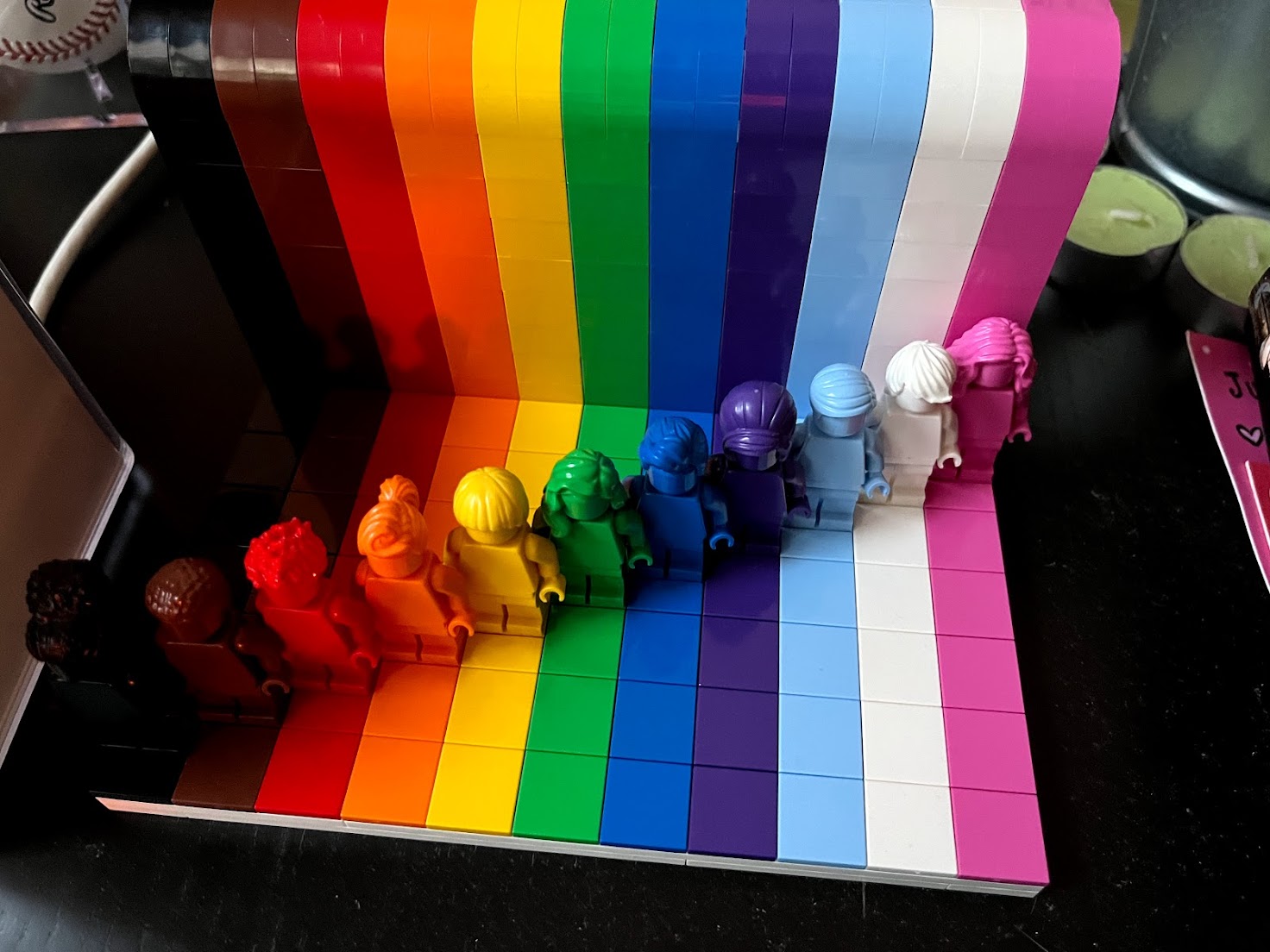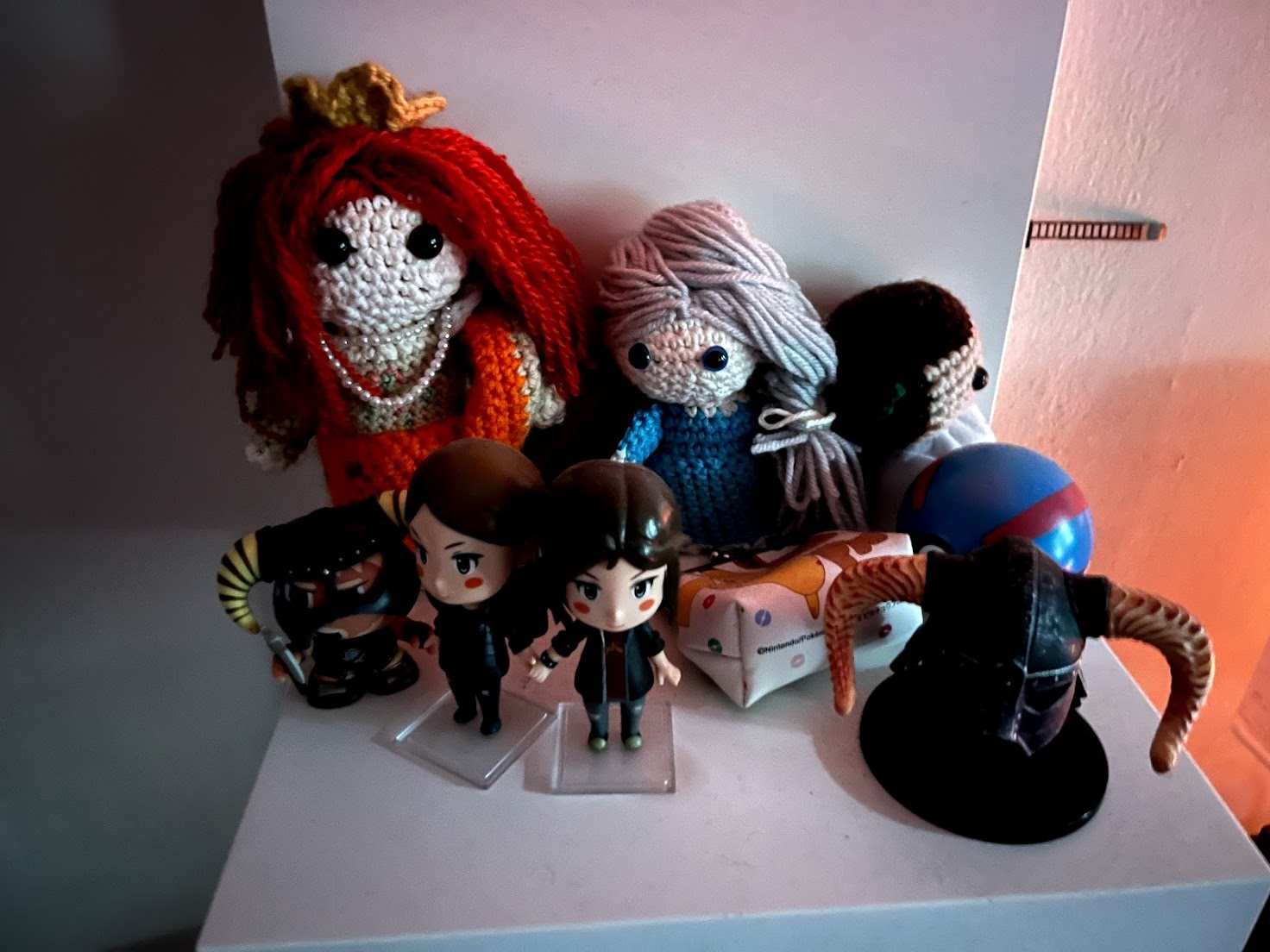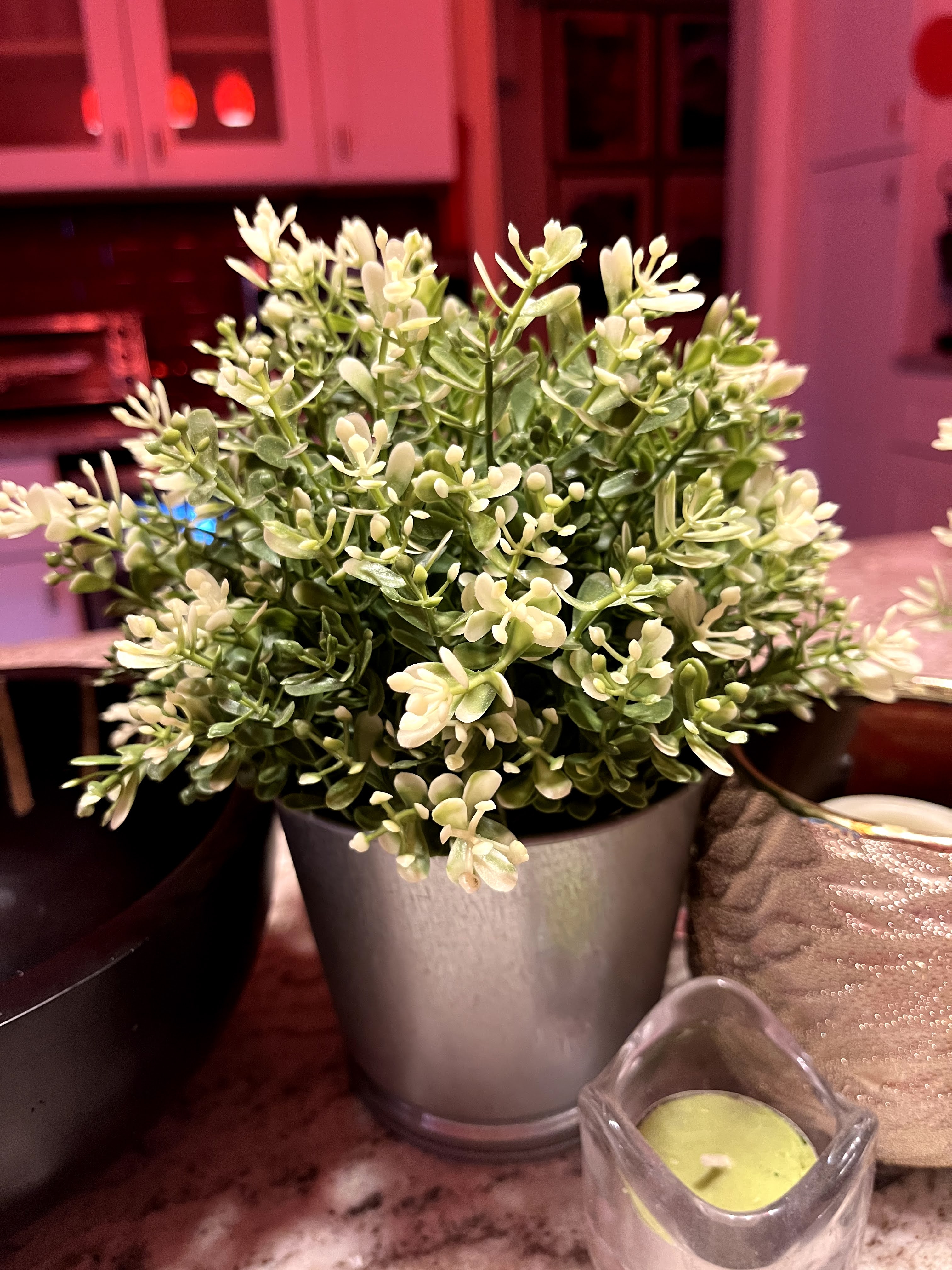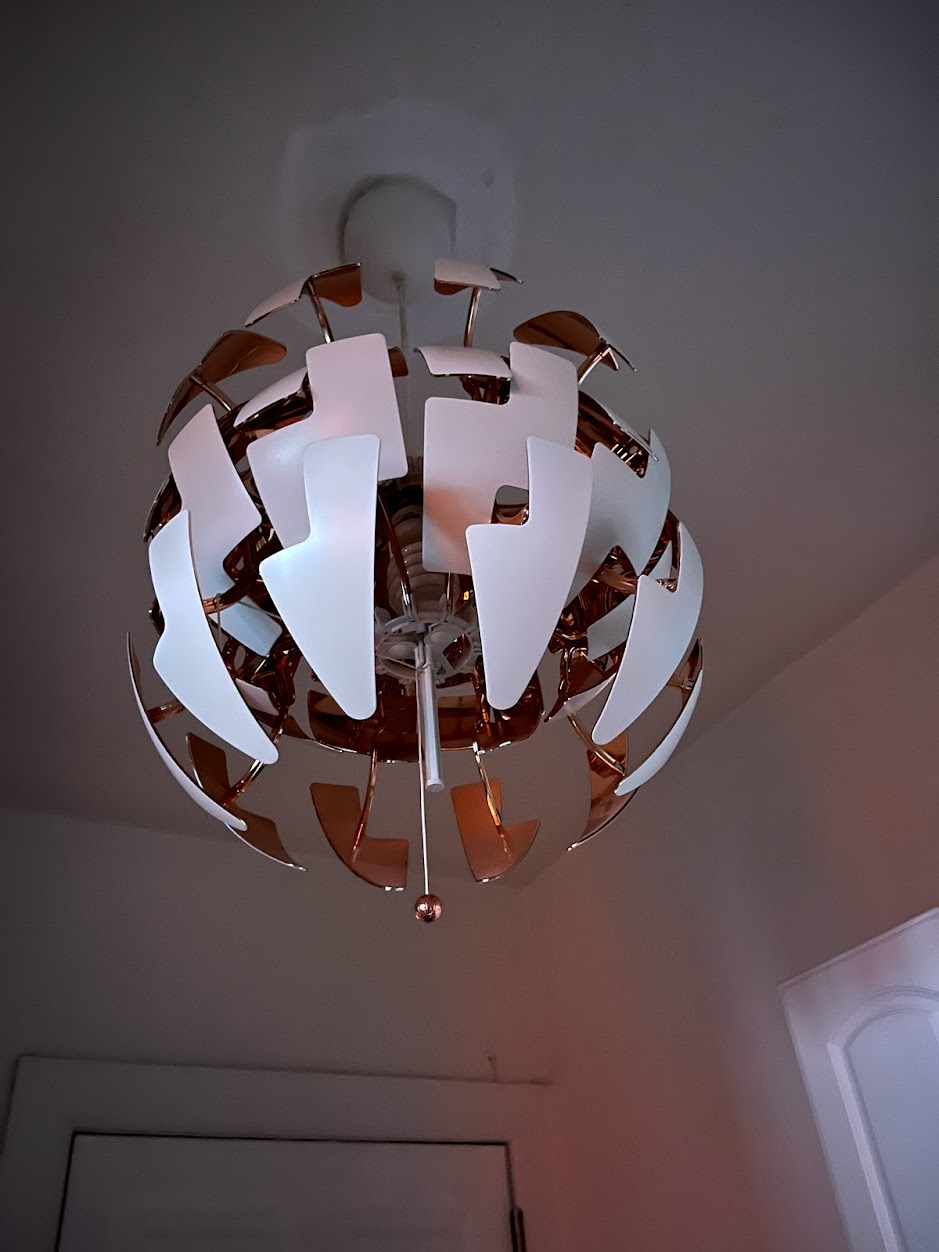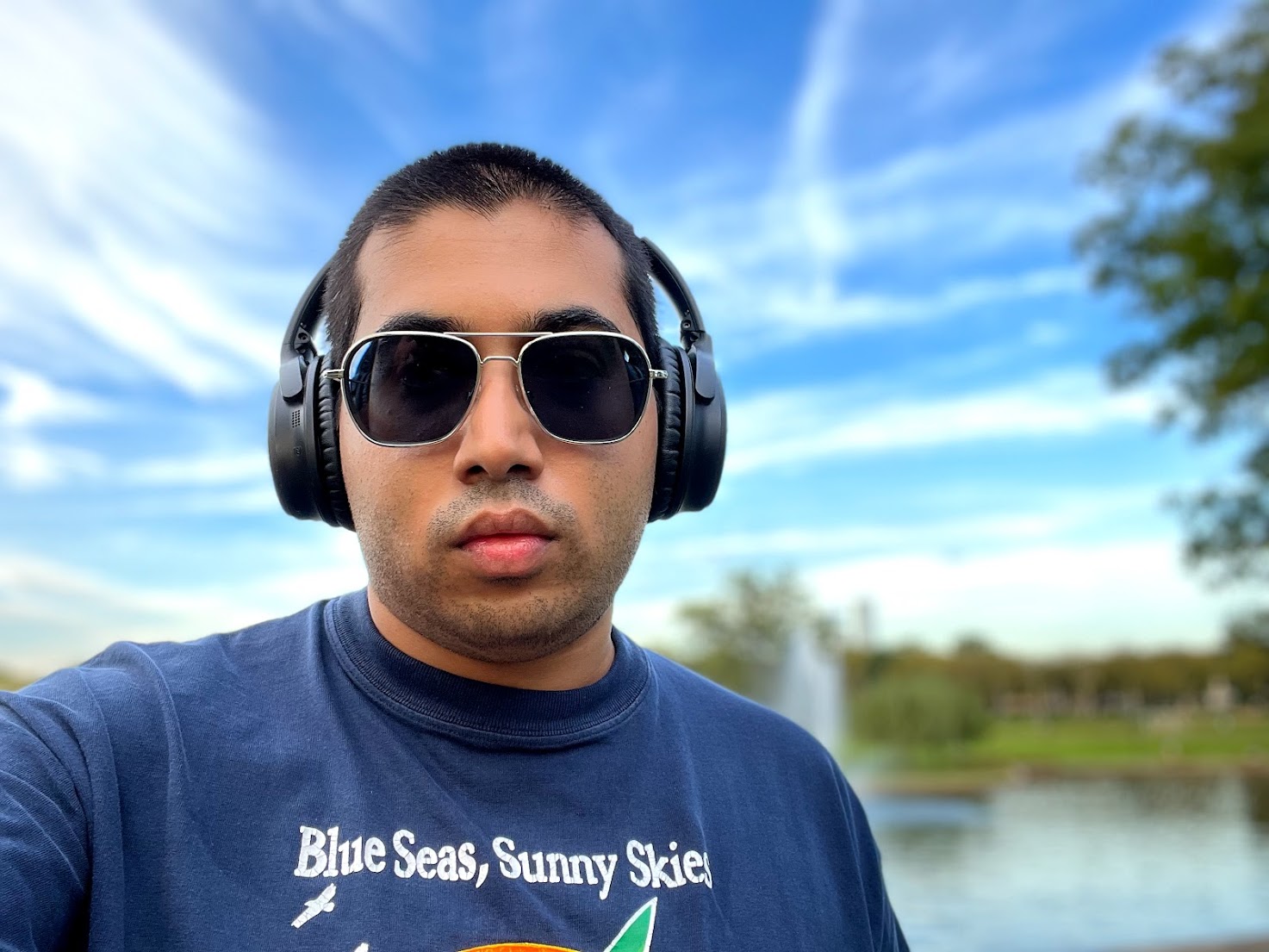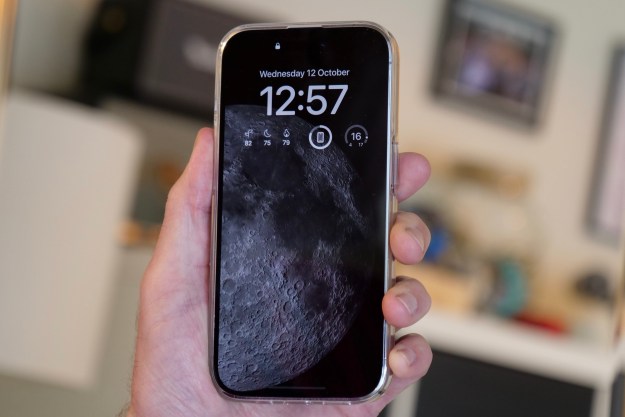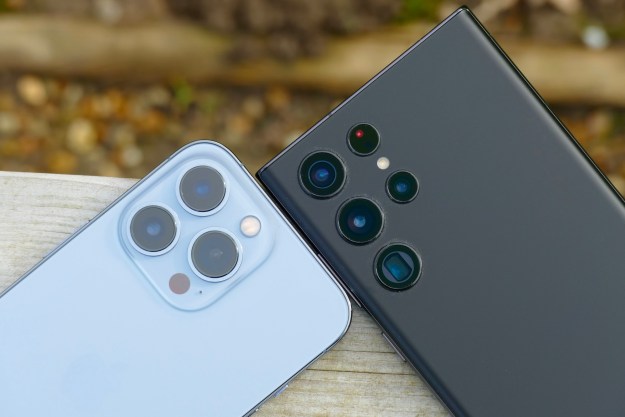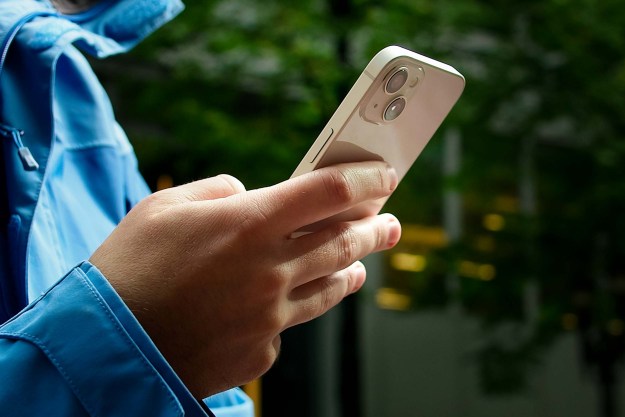
“The iPhone 13 continues to be Apple's mainstay model, offering most of the value of the Pro at a lower price.”
- Fast and responsive performance
- Excellent camera and video capabilities
- Long-lasting battery life
- Supports most premium features
- Still no USB-C
- No higher refresh rate or telephoto lens
The iPhone 13 is the new iPhone that Apple expects most people to buy, and it’s easy to see why. It has most of what makes the premium 13 Pro and 13 Pro Max great, including the blazing-fast A15 Bionic processor, an ultra-wide camera, and a battery that easily provides than a full day of usage before you need to recharge. But should you buy it over the iPhone 14? That’s what we aim to answer here in our iPhone 13 review, looking at how the device fairs over a year after it’s first hit the shelves.
iPhone 13 Review: Our take in 2022
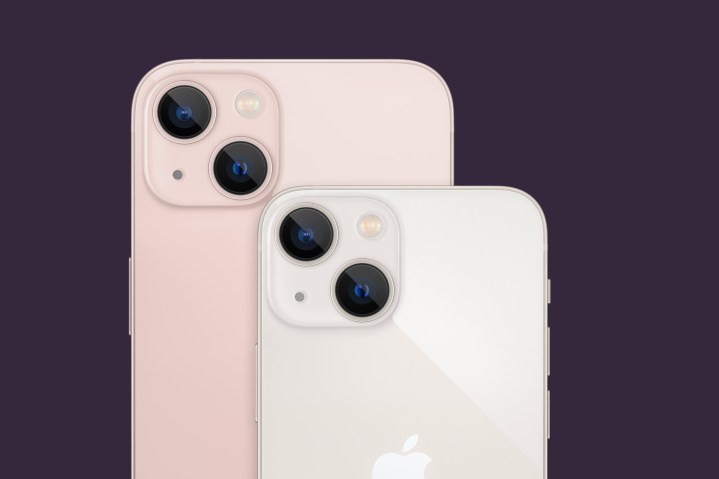
As it stands today, the Apple iPhone 13 is over a year old and has been succeeded by the more recent iPhone 14. In that context, is the iPhone 13 still worth considering in late 2022?
Yes! If anything, the iPhone 14 reminds us just how great the iPhone 13 is — largely because the iPhone 14 is almost identical to the iPhone 13. Both phones have the same 6.1-inch display, dual 12MP rear cameras, between 19-20 hours of expected battery life, and even share the same A15 Bionic processor. Minus the new colors, the iPhone 14 physically looks just like the iPhone 13. Apple’s no stranger to incremental updates, but the iPhone 14 is about as incremental as it gets.
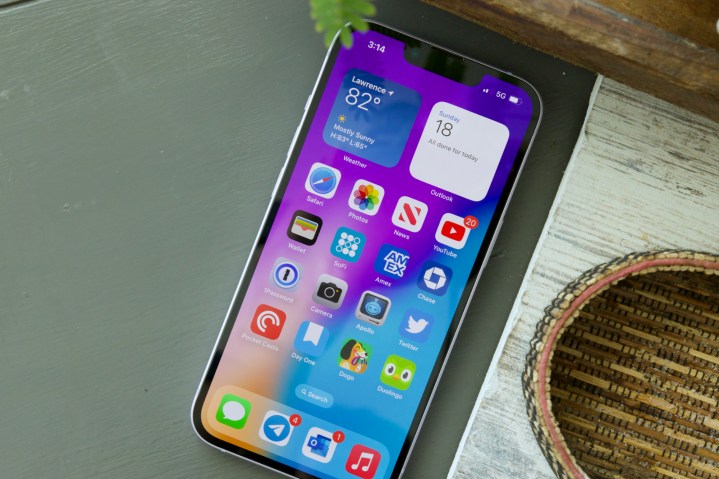
That said, there are a handful of key upgrades with the iPhone 14. It adds autofocus to the 12MP front-facing camera, allowing for significantly better selfies and group photos. You also get Action Mode video recording for vastly improved stabilization, plus Apple’s ‘Photonic Engine’ that promises better colors and lowlight performance for all of your photography.
Also exclusive to the iPhone 14 are a couple of safety features — including car crash detection and emergency satellite connectivity. The latter allows you to contact emergency services even when you’re without a cell signal, particularly helpful for hikers and other outdoor adventurers.

If you want the latest and greatest iPhone — and have the means to buy it — the iPhone 14 at $799 is the iPhone to get. But what if you don’t care about the camera or safety improvements? In that case, there’s a strong argument to save some cash and buy the iPhone 13 for $699 (or less when it’s on sale). Apple still sells the iPhone 13 on its website and will keep supporting it with software updates for years to come.
Our original iPhone 13 review continues below!
iPhone 13 Review: Design
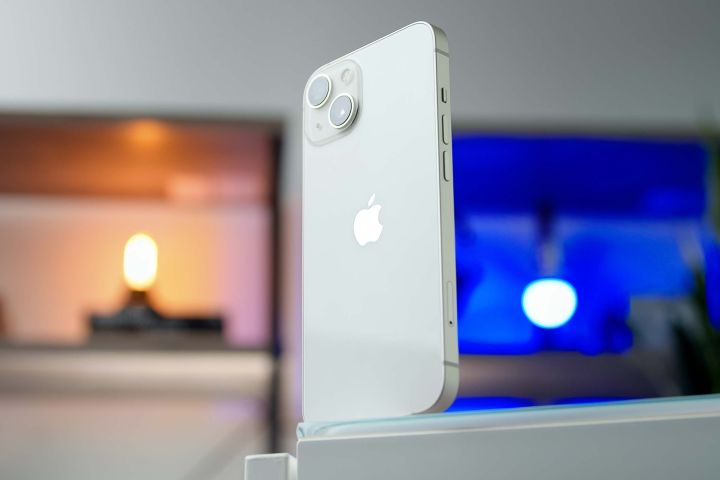
The iPhone 13 doesn’t depart dramatically from the design of the iPhone 12. The model I tested was a darker blue than the iPhone 13 Pro and Pro Max’s sierra blue, which is more of a sky blue color. I like both options, and I’m not surprised they’re proving to be popular choices. You still get the square edges along the sides bounded by aluminum, rather the than the stainless steel of the Pro, a Lightning port, bottom-firing speakers, volume buttons on the left below the Ring/Silent switch, and a Side button on the right that activates Siri and can turn the screen on and off.
As with other iPhone models, the iPhone 13 is IP68 dust- and water-resistant and stood up to a thorough rinsing in the sink after I accidentally dropped it into the dirt in the park while juggling four phones in my hands. Both the front and back are protected by Ceramic Shield, which is made by Corning, just like the latest Gorilla Glass Victus you’ll find on more recent Android flagships.
The front looks largely the same compared to the iPhone 12, though Apple says the notch that accommodates the TrueDepth camera is 20% smaller. That’s technically true because it’s narrower, but it’s also a bit deeper now, so in my eyes, the trade-off is a bit of a wash. Face ID works the same as before, but its usability with a face mask, and especially a face mask and sunglasses, was hit-and-miss at best. You can do an alternate scan to improve performance with face masks, but it also compromises the security, so I preferred to leave it off.
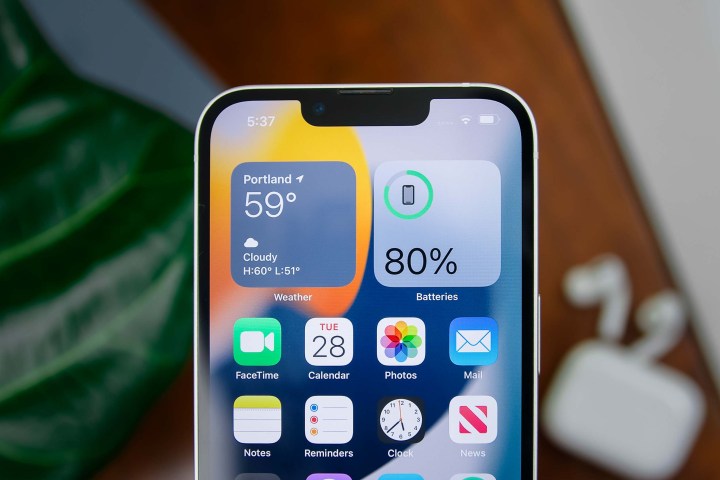
The more notable difference comes when you look at the back. There’s still a vaguely squarish camera housing, but the camera array is positioned differently, with the two sensors placed across from each other rather than vertically. That’s the primary way you’ll be able to tell the older and newer models apart.
Other differences are a bit harder to spot. The iPhone 13 measures 5.78 x 2.81 x 0.30 inches and weighs 6.14 ounces, making it just a tiny bit heavier than the 5.78-ounce iPhone 12, likely to accommodate the larger battery. That’s a worthy trade-off, and in terms of overall footprint and pocketability, I consider the iPhone 13 to be a one-handed device even though the iPhone 13 Mini is Apple’s “official” compact phone.
iPhone 13 Review: Display
The 6.1-inch Super Retina OLED screen is big enough that text, apps, and the keyboard never feel cramped, which was an issue for me using the Mini. The 2532 x 1170 Super Retina OLED screen is plenty crisp, certified to work with HDR10 and Dolby Vision for higher dynamic range, and works out to 460 pixels per inch. The bottom-firing speakers were also surprisingly loud and didn’t suffer from much distortion except on the highest volumes, making them more than capable of serving as your audio output when you’re too lazy to pair with headphones.
The screen is 60Hz, but if you’ve never used a higher refresh rate, you won’t be bothered by it. It’s still a little disappointing not to see ProMotion filter across the entire lineup, especially when you’re paying for an $800 phone. You won’t find an Android phone in this price range that doesn’t have a higher refresh rate, and even more affordable midrange options support it.
Viewing angles are great, colors are rich and accurate, and outdoor visibility is excellent thanks to 800 nits of peak brightness. When viewing HDR photos and video, the phone can punch brightness up even higher to 1,200 nits. I didn’t have trouble viewing text, navigating on Google Maps, or seeing the camera viewfinder, even in direct sunlight.
iPhone 13 Review: Performance
Power is one thing you’ll never find lacking on an iPhone, and the iPhone 13 is no exception. It’s powered by an A15 Bionic processor, has 4GB RAM, and comes with a variety of higher storage options, including 128GB, 256GB, and 512GB, though you notably don’t get the highest tier 1TB storage option – that’s exclusive to the Pro models.
The review unit I tested came with an ample 512GB of storage, which was more than enough for my needs — even when taking a lot of photos and 4K video. I suspect 256GB will offer the best balance between price and capacity for most people.
I suspect 256GB will offer the best balance between price and capacity for most people.
My average day-to-day usage with the iPhone involved quite a bit of time on Twitter, Reddit, and Microsoft Teams, some browsing, lots of photos, and playing some Genshin Impact. Unsurprisingly, the iPhone 13 handled everything I threw at it without any lag or slowdowns. Benchmark testing backs up the strong performance with 827,398 on AnTuTu, which measures overall performance, and 55.1 frames per second on 3DMark’s demanding Wild Life graphics benchmark.
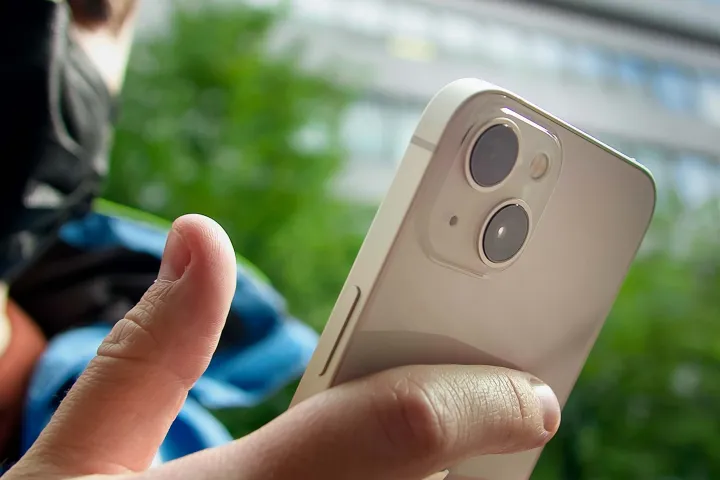
Apple’s marketing material made bold claims that the iPhone 13 can get 2.5 hours more battery life than the iPhone 12. It’s the sort of claim I always take with a grain of salt, especially as a power user who does a lot more on my phone than the average person. So, I was pleasantly surprised when these claims not only proved to be accurate but were blown out of the water, with the iPhone 13 comfortably lasting a day and a half before needing to recharge.
Part of the reason for this is that the 3,240mAh cell is bigger than the 2,815mAh battery the iPhone 12 came with. That’s a sizable jump, and it does pay off in longer runtime. But what’s also going on is that Apple has improved battery optimization and management with the A15 Bionic, letting you eke more juice out of the cell.
I could leave it unplugged and still have plenty of juice the next day.
While the previous iPhone might have required topping up while I slept, the iPhone 13 standby time was good enough that I could leave it unplugged and still have plenty of juice the next day. It’s great to see and is arguably the killer feature for the iPhone 13, especially for those who are on older models.
That does bring me to the downside, though. While the iPhone 13 is fully MagSafe compatible and supports 20-watt wired charging, 15-watt MagSafe charging, and 7.5-watt Qi wireless charging, it still uses a Lightning port. As I noted in my preliminary hands-on, it’s becoming increasingly difficult to incorporate non-USB-C devices in my life.

Most of my battery packs, chargers, and even my PC support USB-C now, as does my MacBook Air and the new iPad Mini. The iPhone 13 lineup, together with the new iPad 10.2, are the only devices still holding on to the old charging port. This made the iPhone 13 more of an inconvenience than it needed to be while traveling, though, in the broader scheme of things, it’s a relatively minor issue that can be fixed with an extra adapter. Still, it does make me hope that we won’t need to deal with it for next year’s model.
Connectivity is pretty standard. The iPhone 13 supports 5G, Ultra Wideband, sub-6GHz, mmWave, and basically all the bands you’d expect from a flagship phone. I tested on T-Mobile in the greater NYC area, and connectivity was good enough, but I never really hit the promised 5G speeds. This is more of a network congestion and rollout problem than an iPhone 13 problem. In a lot of places, even New York, 5G exists more on paper than in practice. Aside from that, you’ll also get dual-band Wi-Fi 6 and Bluetooth 5.0
iPhone 13 Review: Cameras
Cameras are where a lot of the magic for iPhones happens. You get a dual rear camera array with a 12-megapixel wide-angle camera and a 12MP ultrawide at 120 degrees. Unlike the iPhone 13 Pro and Pro Max, there isn’t a third telephoto camera, so you can’t take shots with optical zoom, and you won’t benefit from macro photography.
Regardless, photo quality is – put simply – excellent. On launch, the Camera app will ask you the filter you want to apply to your photos. Your choices are standard, the iPhone 13’s default setting; vivid, which punches up colors and saturation; and separate options for cooler and warmer filters. I shot exclusively in standard mode for testing purposes and personal preference, which I believe is the setting most people will use since it’s most true to life.
As you can see in the many sample shots, the iPhone 13 does great in outdoor settings. Colors are punchy even on standard mode, and the automatic exposure ably handles the contrast between shadows and areas of direct, blinding sunlight well without washing out like many lesser phones do. The bright blue sky, the puffy white cloud, the green grass of the park, the ripples and reflections of the pond, everything looks great to my eyes.
Detail is plentiful; it’s possible to make out individual branches and leaves when you zoom in, though a very close inspection will show edge distortion. Ultrawide and standard shots both look great, with some mild fish-eye effect for the ultrawide. Overall, if you were happy with the iPhone 12 camera performance, you’ll be perfectly happy with the iPhone 13 sensors.
This is kitchen sink stuff, though. Almost every flagship phone these days, and even many midrange ones, can take great photos in good lighting. The real standouts are the ones that do well in low light, and that’s what makes the iPhone 13 special. The Camera app will automatically kick into Night mode and adjust exposure to take in more light for a clearer, brighter image in darker settings. In a completely dark setting, this can last for as long as 30 seconds, though it’ll extend the exposure to five to seven seconds in most dimmer settings.
The outcome is a shot with more crispness, color accuracy, and clarity than you typically get in lowlight settings. However, it’s worth noting that there’s also some muddiness in detail, especially compared to the iPhone 13 Pro.
You can record 4K at 60 frames per second, 30 fps, and 24 fps for video. It also supports 1080p at 60/30 fps, but I didn’t feel the need to record in a lower resolution given that I had 512GB of storage. I was blown away by how stable video recording was, especially when tracking moving objects.
Stabilization tends to be a significant problem with any kind of handheld video recording, but the iPhone 13 managed it so handily that I felt like I was recording with a gimbal. Panning around also didn’t produce any dropped frames or auto-exposure issues.
Like the other iPhone models, the iPhone 13 supports Cinematic mode, which adds a blur effect to the background of people and objects, sort of like a movie camera. It works best with faces, and you can tell the blur is clearly an artificial effect, but it’s a neat feature when it works. It doesn’t work so well with objects, especially moving objects, but on the plus side, it works with the dual 12MP selfie cameras, which is a pleasant surprise.
Among other features, you have Portrait mode on the rear and front sensors, adding blur and depth to images. It resulted in pleasing photos, and I had a lot of fun playing around with the different background options.
iPhone 13 Review: Software and features
The iPhone 13 can update to iOS 15 the moment you power it up, which I did immediately. The latest operating system is packed with features like an improved notification summary, text scanning in the camera app, tabs for Safari, and support for storing immunization records, COVID vaccines, and even your driver’s license.
It’s not really worth comparing iOS 15 to Android, in my opinion. At this point, you know the differences between them, and you know which one you prefer. I will say that this release of iOS 15 seems to have more compatibility issues than previous releases. For instance, the Apple Watch unlock simply didn’t work for me with the Apple Watch Series 6. Undoubtedly, many of these issues can and will be fixed, so none of them is a deal breaker.
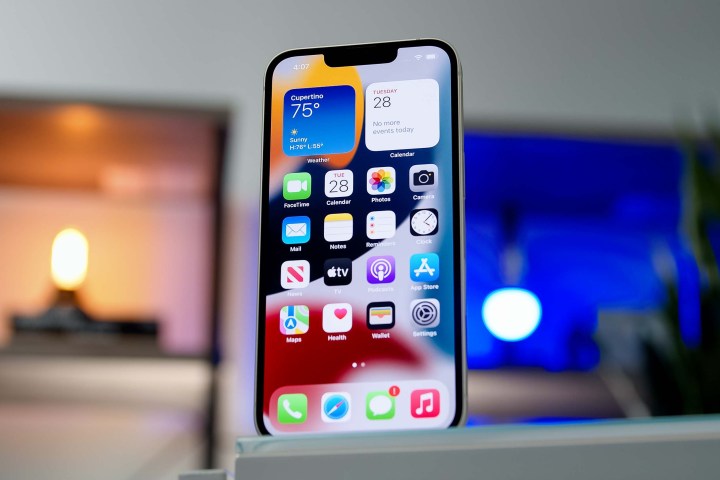
iPhone 13 Review: Price and availability
The iPhone 13 is currently available on sale for a starting price of $799 in pink, blue, midnight, starlight, and Product Red color options. It also has 128GB, 256GB, and 512GB storage size options, and works with all major U.S. carriers.
iPhone 13 Review: Our final verdict
The iPhone 13 strikes an outstanding balance between size, performance, and price. It’s smaller than the gargantuan iPhone 13 Pro Max, but offers more screen real estate than the cramped iPhone 13 Mini.
The battery life is the real standout feature, giving you a full day of runtime and charge without issue. Then there’s the great camera performance despite the lack of a telephoto lens. If you’re not willing or able to shell out for the premium features of the iPhone 13 Pro, the iPhone 13 won’t let you down, and I recommend it over the Mini as a good compact phone alternative.
Is there a better alternative?
As is often the case, Apple’s strongest competitor is usually itself. The iPhone 13 is most directly challenged by the iPhone 13 Pro, which is just like it in terms of size but better across the board in almost every regard. The 13 Pro and Pro Max will both give you a 120Hz ProMotion display, a telephoto lens for 3x optical zoom, an even longer-lasting battery, and superior lowlight camera performance.
By contrast, the iPhone 13 Mini is identical in hardware and capabilities, but it’s much smaller and meant for those who genuinely love compact phones and don’t mind the cramped screen. Battery life won’t last quite as long, though. If you have an iPhone 12, the difference between the two devices isn’t huge, and the iPhone 13 isn’t likely worth the upgrade.
Outside of the Apple universe, plenty of capable Android phones can offer you a great camera and battery life, including the Samsung Galaxy S21, OnePlus 9 Pro, and the upcoming Google Pixel 6. But if you already exist in the Apple ecosystem, you’re likely not considering these as options, though they’re equally worthy choices if you’re willing to make the switch.
How long will it last?
The standard warranty is one year, but you can get Apple Care+ to extend it for 24 to 36 months and it covers two incidents of accidental damage for each interval of 12 months. In terms of durability, the phone is IP68, so it can stand up to complete immersion. I played rough with it, and it still survived drops with no noticeable scrapes on the Ceramic Glass. Combined with the regular software and security updates, you should be able to easily make the iPhone 13 last for at least three years, if not longer.
Should you buy it?
Yes. If you like the price, size, and extra battery life, the iPhone 13 offers plenty of value, even if it isn’t the most premium option in the lineup.
Editors' Recommendations
- Apple is about to do the unthinkable to its iPads
- AirTags range: here’s how far the tracker can reach
- An Apple insider just revealed how iOS 18’s AI features will work
- iPhone 16: news, rumored price, release date, and more
- iPhone SE 4: news, rumored price, release date, and more



